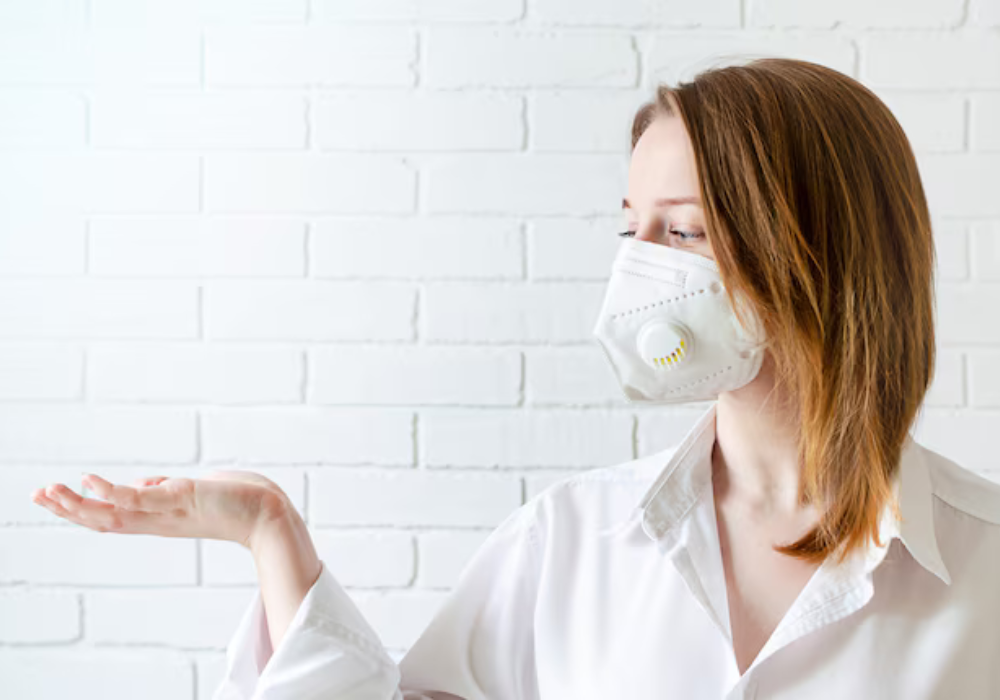Notifications
5 minutes, 13 seconds
-70 Views 0 Comments 0 Likes 0 Reviews

If you suffer from pollen allergies, you know how frustrating seasonal changes can be. Sneezing, itchy eyes, and congestion can make everyday life uncomfortable. The good news? A good air purifier can help you breathe cleaner air and reduce allergy symptoms indoors. But with so many options available, how do you choose the best one? Let’s explore what makes a great air purifier for pollen allergies and how it can improve your indoor air quality.
Why Do You Need an Air Purifier for Pollen Allergies?
Pollen is one of the most common airborne allergens, especially during spring and fall. When you open doors or windows, pollen particles enter your home and settle on surfaces. Even if you keep your home closed up, pollen can still make its way inside through ventilation systems or on your clothes and shoes.
A good air purifier works by trapping and removing pollen particles from the air, providing relief from allergy symptoms. Instead of relying solely on medications or nasal sprays, investing in a great air purifier can be a long-term solution to maintaining a healthy home environment.
What to Look for in a Good Air Purifier?
Not all air purifiers are created equal. If you’re buying one specifically for pollen allergies, here’s what you should consider:
1. HEPA Filters Are a Must
A great air purifier for pollen allergies should have a HEPA (High-Efficiency Particulate Air) filter. HEPA filters capture 99.97% of airborne particles as small as 0.3 microns, including pollen, dust mites, and pet dander. Without a HEPA filter, an air purifier may not be effective in trapping allergens.
2. Activated Carbon for Extra Protection
While HEPA filters remove solid particles, an activated carbon filter can help absorb odors and chemical pollutants. If you have sensitivities to strong scents or pollutants, look for a model that includes this additional filtration layer.
3. Coverage Area Matters
The size of the air purifier should match the room where you plan to use it. A good air purifier will clearly specify the square footage it covers. For bedrooms, a purifier with a capacity of 300-500 sq. ft. is usually sufficient, while larger spaces may require a more powerful unit.
4. Air Change Rate Per Hour (ACH)
ACH refers to how many times the air purifier can filter the entire room’s air in an hour. A higher ACH (ideally 4x per hour or more) means the purifier will continuously clean the air, which is essential for allergy sufferers.
5. Check the CADR Rating
When choosing an air purifier, check its Clean Air Delivery Rate (CADR). A higher CADR rating means the purifier can filter out pollen and other airborne particles more effectively. Look for a model with a CADR rating of at least 200 for optimal pollen removal.
Additional Tips to Reduce Pollen Indoors
• Keep windows closed during high pollen seasons to prevent allergens from entering your home.
• Vacuum regularly using a HEPA-filtered vacuum to eliminate pollen settled on surfaces.
• Change air purifier filters as recommended by the manufacturer for optimal performance.
• Use an air purifier in the bedroom where you spend the most time to create a pollen-free sleeping environment.
Conclusion
Choosing a great air purifier for pollen allergies can significantly improve your quality of life. Look for one with a HEPA filter, sufficient room coverage, and a strong ACH rating. By combining a high-quality air purifier with good home cleaning habits, you can enjoy fresh, clean air and keep allergy symptoms at bay.

